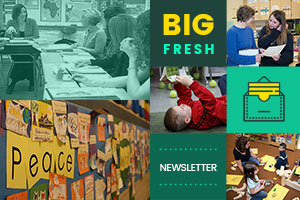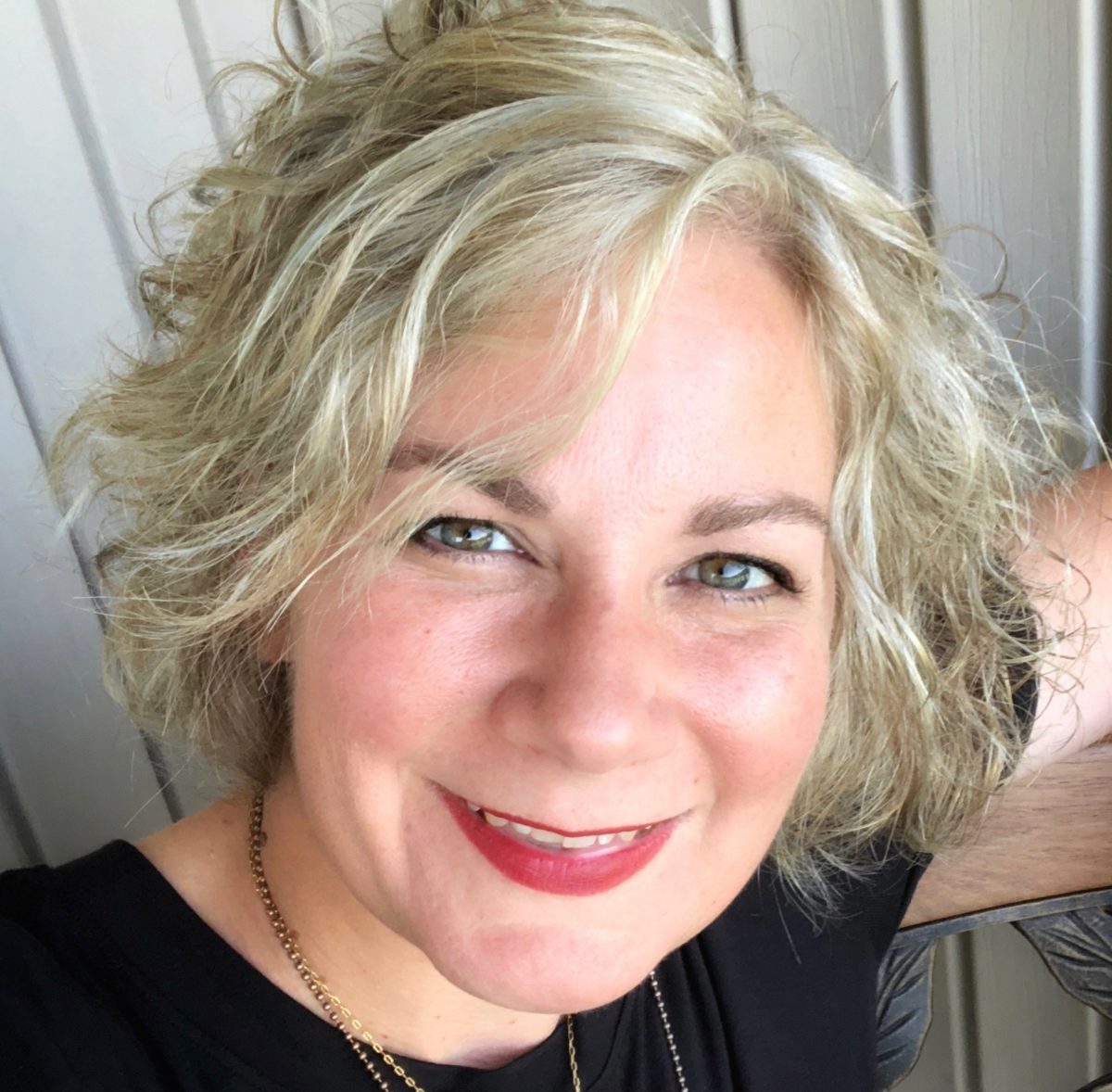True belonging doesn’t require that we change who we are. It requires that we be who we are.
—Brené Brown
Unlikely Friends
I’ve been going to the same gym for nearly three years now, and I’ve made a lot of unlikely friends.
Jamie shares with me new recipes for a plant-based diet. Hailey tells me about her latest haul from the river with her metal detector. Leo gives me a head nod and wave. Lila offers me mobility and flexibility tips. Vicki tells me about her latest quilting project. Stacie keeps me updated about local honey.
I also know about the unexpected job loss, the nephew who was in a motorcycle accident, and the daughter who took her own life. It’s a series of unlikely friendships, happening only because I show up at the gym almost daily.
My daughter Hannah often laments, “Mom, you don’t understand how hard it is to make friends; you’re friends with everyone.”
When she says this, I’m always transported to my adolescent years when I shed too many tears because I felt like I didn’t have friends. If I’m honest, there are still days when I feel like I’m alone.
I’m not the only one who feels like this. Statistics tell us that about one in three adults experience feelings of loneliness at least once a week (Healthy Minds Monthly Poll from the American Psychiatric Association, February 2025). It’s likely that you feel alone some days, too.
We crave a thought-partner—someone who asks questions and is curious about the art of teaching. We want a community who shares our core beliefs. We want to know that things aren’t perfect and that we can rebound from mistakes.
Yet it’s so hard to trust the stuff floating around the internet. How do we know it’s authentic? How do we know it’s credible? How do we know when we’ve found “our people”?
We need professional friendships more than ever, and they are harder to discover than ever before. Social media algorithms that elevate paid ads and some voices over others make it difficult to connect with like-minded educators. The plethora of social media platforms has us isolated rather than connected. Our trust is at an all-time low, and our need for connection is at an all-time high.
Choice Literacy is a rallying point for educators who are trying to protect the choice of learners and uplift their voices. It’s a community full of current practitioners who are just as smart and funny as you. Our content is created by teachers for teachers…one of the only places you can find authentic content from a wide range of experienced practitioners who are still in schools or deeply connected to them.
In much the same way as an eclectic collection of unlikely friends has emerged from my gym, you will find the professional friendships and thought-partners you crave if you simply show up and listen. This school year you will find that the Big Fresh continues to show up each week to offer you a bit of hope and happiness, as well as intentional ways to connect with contributors and others in the Choice Literacy community.
Shine on,
Ruth Ayres
Editor in Chief

Leigh Anne Eck reflects on the importance of anchor charts and the way they help students be more independent.
Dana Murphy reminds us of the power of an anchor chart in a digital world.
Tara Barnett and Kate Mills share poems to start the year that touch a variety of needs, from building community to connecting with colleagues to hosting parents for back-to-school night.

New members-only content is added each week to the Choice Literacy website. If you’re not yet a member, click here to explore membership options.
In a world where anchor charts are becoming digitized and developed by curriculum publishers, Bitsy Parks reminds us of the power and importance of co-creating anchor charts with students. She outlines key steps and ways to adjust anchor charts to connect with students and improve engagement.
Tiffany Abbott Fuller provides a practical and fresh approach to organizing anchor charts in meaningful and helpful ways. Don’t miss the action-oriented summary at the end of the article to put these ideas into place in your classroom.
NEW VIDEO | Mandy Robek takes time to consider different places students will use in the classroom. She considers books, portable learning spaces, and the way learning will blossom over time in her third-grade classroom.
We know there is a need to teach more lessons about wellness, and we know that it is sometimes difficult to teach those lessons in a way that students will accept. Gretchen Schroeder offers three questions for teachers to consider as they plan to incorporate social and emotional learning standards into their classrooms. This is the first installment of a series.

New members-only content is added each week to the Choice Literacy website. If you’re not yet a member, click here to explore membership options.
Giving feedback is a skill you can grow with time and practice like any other skill. It is not judgmental when you stick with a clear and concise format, avoid emotions that may lead to feelings of blame, and offer the other person a chance to share any additional thoughts and feelings. Gwen Blumberg shares how to lean into these potentially tricky conversations to help everyone work better together.
This article makes the case that schools can be more intentional about interrogating the practices and policies that may be contributing to some of the very problems we attempt to prevent in the first place. Put more succinctly, Matt Renwick advocates for being hard on the systems and gentle with the people.
Quote It:
The road to anywhere begins in the classroom.
—Hubert Humphrey
That’s all for this week!



